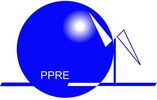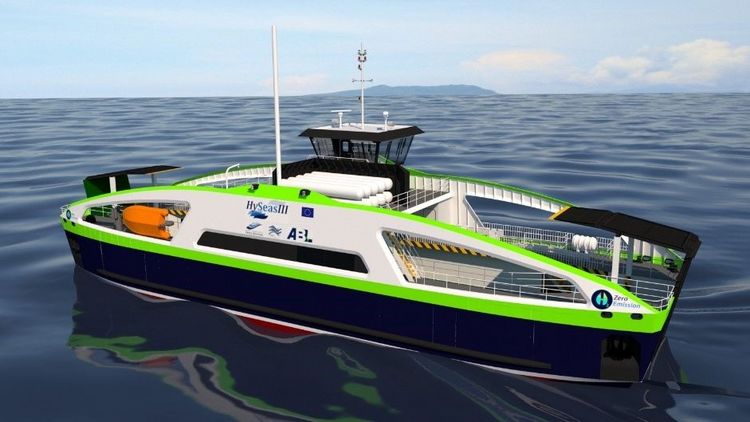Ferries transport people, cars, trucks freight and even trains across water. With some exceptions, diesel, heavy fuel oil or more recently liquified natural gas are used for the propulsion in ship engines. After the combustion of these fuels, considerable environmental and climate-change emissions are produced. In the EU-financed project HySeas III, the German Aerospace Center (DLR) investigated the use of alternative propulsion systems based on hydrogen and fuel cells. Researchers from the DLR Institute for Networked Energy Systems in Oldenburg prepared a market analysis and looked at the effects of this technology on the environment, economic and employment in a life cycle analysis. The main case study was the route between Kirkwall and Shapinsay on the Orkney Islands in the north of Scotland, which was specified in the project.
Over the life cycle the use of hydrogen and fuel cells allows the reduction of greenhouse gas emissions of approx. 80 percent, currently still with higher investment and operating costs
"Ferries powered by fuel cells and hydrogen produced via electrolysis fed by renewable sources are definitely an alternative on this route. This could save around 80 percent of greenhouse gas emissions - from production, operation, to scrapping," summarises DLR scientist Juan Camilo Gómez Trillos. The only emissions produced during the operation of fuel cells are water or water vapour. However, harmful emissions are currently still produced during the production, operation and disposal of the ferry and the hydrogen infrastructure. The scenario is particularly attractive because a lot of renewable electricity is already generated locally in Scotland with wind power. So much, in fact, that it is not only fed into the power grid, but also converted into hydrogen by electrolysis locally. In addition to hydrogen production, the first know-how and the corresponding infrastructure are already available in Orkney. Moreover, local seafarers have been trained to work on hydrogen-powered ships.
However, the economic considerations cloud the balance of alternative concepts. The investment costs for fuel cell hydrogen ferries are still about 25 per cent higher today. This is mainly due to the currently still very high production costs for fuel cells and the expensive materials used, such as platinum. The operating costs per kilometre were also around 50 per cent higher (as of December 2021), mainly due to the currently still relatively high price of hydrogen. "These figures could change in the future, however, depending on how the political framework conditions around the topic of climate protection change, for example through a CO2 tax or the development of a cross-sector hydrogen economy," adds Gómez Trillos.
RoPax ferries: Market mainly in Europe
For the analysis of the market potential, the DLR researchers looked at so-called RoPax ferries. The abbreviation stands for roll-on roll-off ferries, which transport passengers and where the freight - i.e. cars and trucks - is rolled on or off the ship. This type of vessel can vary in size, tonnage and equipment, sometimes considerably. The market is also very differently structured in terms of operators, owners and routes. In terms of ship flags and number of units, Europe has the largest share of the global RoPax market with more than 42 percent, followed by Indonesia with ten and Japan with seven percent. The lifespan of these ships is around 35 years, while the average age of existing ships is 24 years. "In about ten years, a significant proportion of these ships will have reached their end of life. This is another incentive to think about alternatives also in the propulsion sector, even more so when countries have to and want to reduce their emissions by 2050."
Hydrogen technology particularly interesting for smaller ferries
The study therefore sees great market potential above all in Europe with interesting markets in the Scandinavian countries, Great Britain, Italy, Greece, Turkey and Germany. "Fuel cell-powered ferries offer a solution especially for routes with several stopovers or for longer distances - which battery-powered ships cannot cover - but rather in the segment of smaller ships with a gross tonnage (GT) of 2000, because here one can work with fuel cell technology available on the market, which enables propulsion powers of around two megawatts," describes DLR expert Juan Camilo Gómez Trillos. With regard to jobs, the study sees an effect above all in the production of ships and the components for fuel cells and infrastructure. Investments and employment effects will mainly be present at the beginning, rather less in the operation and scrapping of the ferries.
Original post here:
DLR belegt Marktpotenzial und Nachhaltigkeit von Fähren mit Brennstoffzellen-Antrieb - DLR Portal


